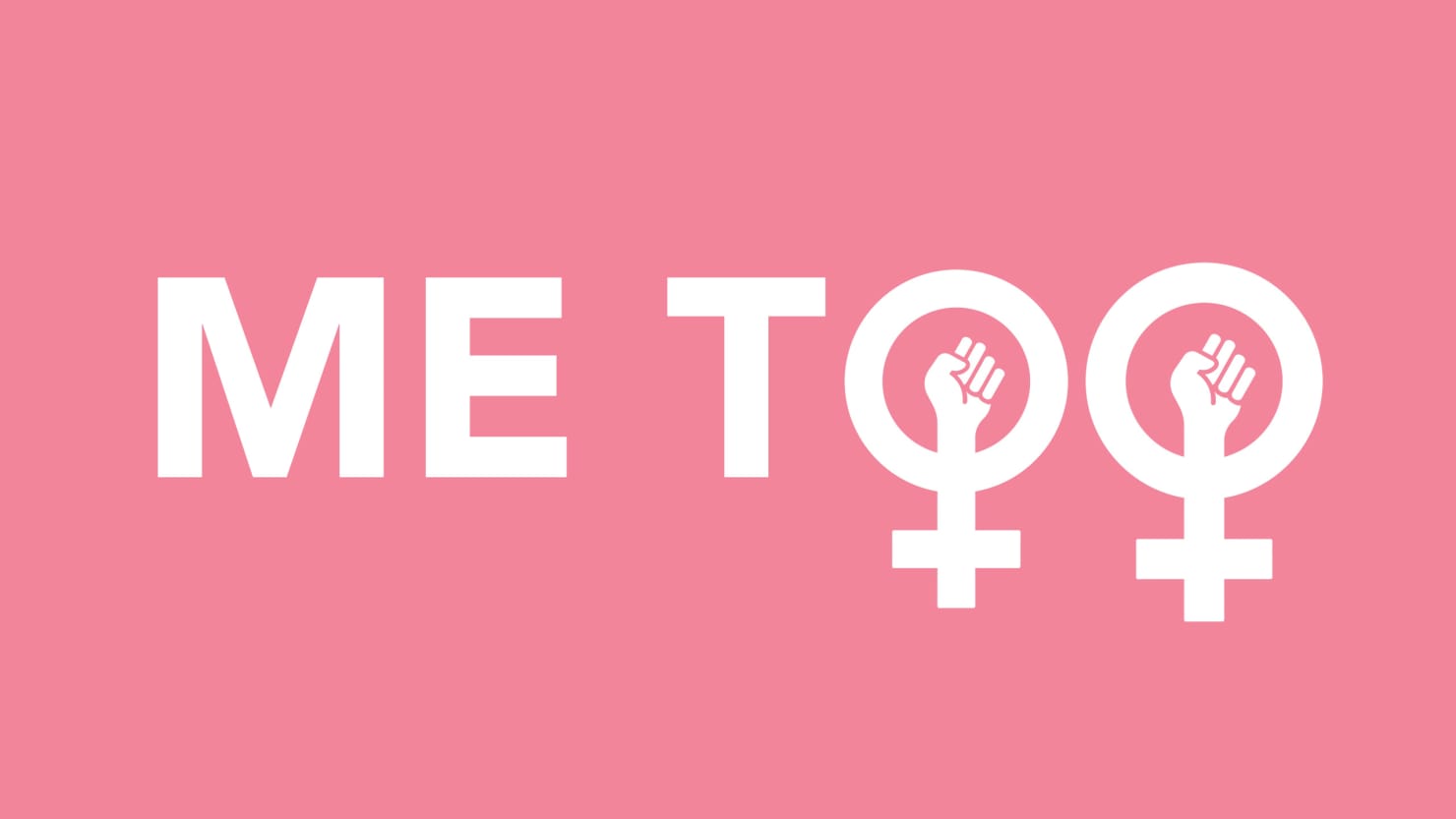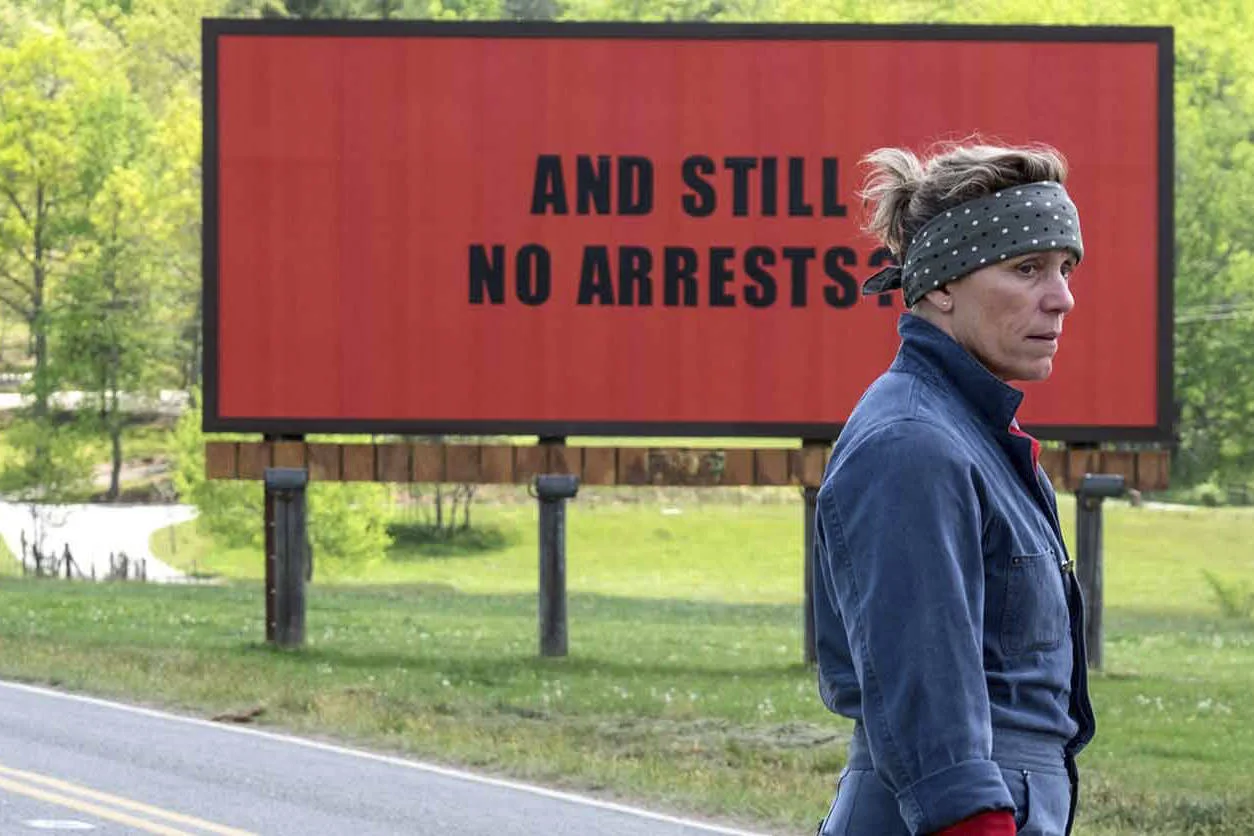Women in Fairy Tales: 'Snow White' and the Insidious Power of Gender Stereotypes
Fairy tales depict the fantastical lives of princes and princesses, witches and ogres, giants and dragons. They have endured because of their magical power to take us away from the mundanity of everyday life and capture our imaginations. But are they really so far removed from reality? Are they not actually reflections of our own societal prejudices, but with a pop-up castle and elaborate costumes added in? The human relationships and interactions contained within these stories are condensed to their most digestible form, making them easier to read and understand, but also more susceptible to dangerous over-simplification. The reductive binary of good vs evil is used at the cost of providing insight into the grey areas of complicated emotions and ambiguous morality. Women in fairy tales are especially polarised; they are either good, innocent girls, or evil, cunning witches. These two-dimensional portrayals of women in fairy tales, and most other literary/artistic depictions, are inevitably influenced by destructive social norms and enforced gender roles; the restrictions of female self-expression induced by an oppressive conformity. The importance of these seemingly vapid tales and the influence they exert cannot be exaggerated.
A story is a powerful thing. Communicating messages about who we are, where we have come from and how we should behave hugely contributes to our understanding of the world around us. They can also be easily adapted and moulded to suit the purposes of the story-teller. This inherent ambiguity of meaning can make stories an incredibly dangerous weapon, as they often become so embedded in our collective consciousness that the stereotypes they propagate become irrevocable truths. If we are told continuously from a young age that women are either beautiful and good, or ugly and evil, it is no large surprise that these reductionist beliefs inform many people’s perceptions of reality, and potentially impact how they relate to others. Instead of being a world where anyone can be anything, women are trapped in the same old roles and, offered a minimal amount of freedom they become as confined in life as they are in literary texts.
The career woman who does not want children or the woman who rejects social beauty standards is still ostracised in modern culture as they differ from the sanctified norm. The depiction of women throughout history has been marginalised, the space they are allowed to occupy, minimised. Defined by men, they have been stripped of any distinctive individuality and become, as Virginia Woolf states in her text ‘A Room of One’s Own’, ‘looking glasses, possessing the magic and delicious power of reflecting the figure of man at twice its natural size’.[1] And so, men have overwhelmingly been depicted as superior, less susceptible to moral disintegration and more capable and worthy of exerting power. Those who grip the pen are the ones who write the rules, control the transmission of information, and shape the world.
Is this why, in fairy tales and other stories, women are restricted? Simone de Beauvoir claims that women are perceived to be dangerous by men because they have the power to reproduce. Women are connected ‘to man’s birth and death’, intrinsically a part of these defining transitions, while men are irrevocably excluded.[2] Throughout literature sexual women have been demonised; they emasculate men, reversing the ‘natural’ balance of power through sexual domination. They ensure men’s intellectual and moral deterioration.
My decision to specifically analyse ‘Snow White and the Seven Dwarves’ is not dictated by a lack of alternative options. A similar consideration of female representation could be conducted using ‘Sleeping Beauty’, ‘Cinderella’, or ‘Rapunzel’, to name only a few. In ‘Snow White’, the evil step-mother manipulates men, including the King and Huntsman, by utilising her beauty and devious sexuality. Snow White, in contrast is ‘white as snow’.[3] She is the perfect princess; beautiful and innocent, passive and gullible. Unlike the step-mother, Snow White has no motivating force, no aim or ambition. She is effectively a blank slate, entirely selfless with no story of her own. Her lack of identity means that she can be easily manipulated by the story-teller and male characters. She is not given a consciousness, but merely operates in the tale as an image, an insubstantial body upon which men can inscribe their own desires. Indeed, as Gilbert and Gubar state, she has the ‘snowy, porcelain immobility of the dead’.[4] When Snow White is dead and entrapped within the glass coffin, she finally becomes the perfect beauty-object; entirely passive and subject to the unrelenting male gaze. This is demonstrated through the Prince’s reaction to her. He convinces the dwarves to give up ownership of her body by claiming that she will be his most prized possession, asking the seven men to ‘let me have it as a gift’.[5] She is no longer a woman, but an ‘it’, a commodity that can be transferred from man to man without objection.
It has been asserted by various feminist commentators that patriarchal control is often manifested in our culture through destructive beauty standards. Impossible to achieve, the physical perfection sold to women through fashion advertising and the promotion of make-up ensures that they keep pursuing the unattainable, often at the cost of genuine self-evaluation. In ‘Snow White’, the step-mother’s magical mirror serves the same purpose; it is the instrument of male power, ensuring women police themselves, enact a daily ritual of self-surveillance and thus limit their exertions to eliminating wrinkles and reducing pore size. The evil stepmother embodies the internal disintegration instigated when disproportionately preoccupied with beauty. To conform to these patriarchal standards is to lose yourself, eventually sacrificing your autonomy and identity and being left with only the façade of self-hood. Gilbert and Gubar claim, in their analysis of the mirror in ‘Snow White’, that ‘To be caught and trapped in a mirror […] is to be driven inwards, obsessively studying self-images’ until there is nothing left but a reflection of your former self.[6]
Issues in female representation still pervade society today, as do the many other derogatory tropes found in fairy tales, such as discrimination against the disabled. However, despite these continual attempts to regulate women’s bodies and restrict their voices, women’s stories are still being told. There has been a concerted effort to reclaim and rewrite traditional fairy tales, with writers such as Angela Carter twisting and re-modelling stories until they represent something entirely different to their original form. Using fantasy and fairy tale ‘with conscious radical intent’ Carter offended many people, especially as her revisions often included the introduction of sexual violence.[7] Her work was ‘fired by the conviction that human nature is not immutable, that human beings are capable of change’, and that women are deserving of more complex representation.[8] By challenging these normative structures, Carter, along with many others, has finally utilised the form of fairy tales to overturn the decrepit gender representations they upheld for too long.
Originally written for Arts & Heritage charity 'Settle Stories'
[1] Virginia Woolf, A Room of One’s Own, (Penguin: London), 2000, p.37
[2] Simone de Beauvoir, The Second Sex, (New York: Knopf, 1953), p.138
[3] Peter Carter, ‘Snow White and the Seven Dwarves’ in, Grimms’ Fairy Tales, (Oxford: Oxford University Press, 1982), pp.219-234, p.220
[4] Sandra M. Gilbert and Susan Gubar, The Madwoman in the Attic: The Woman Writer and the Nineteenth- Century Literary Imagination, (London: Yale University Press, 2000), p.25
[5] Carter, ‘Snow White’, p.232
[6] Gilbert and Gubar, The Madwoman in the Attic, p.37
[7] Helen Simpson, ‘Introduction’, in Angela Carter, The Bloody Chamber and Other Stories, (London: Vintage, 2006), pp.vii-xix, p.ix
[8] Simpson, ‘Introduction’, p.xii
Title image by Dina Goldstein





